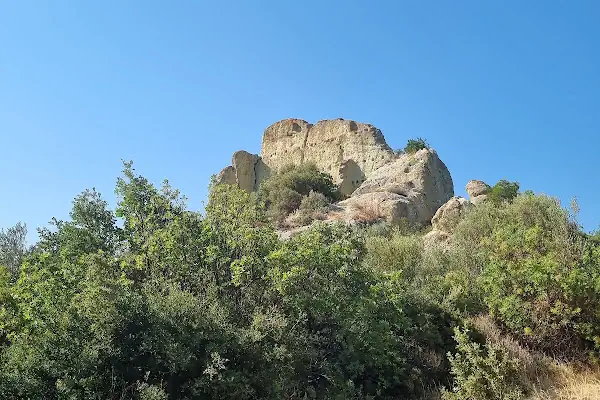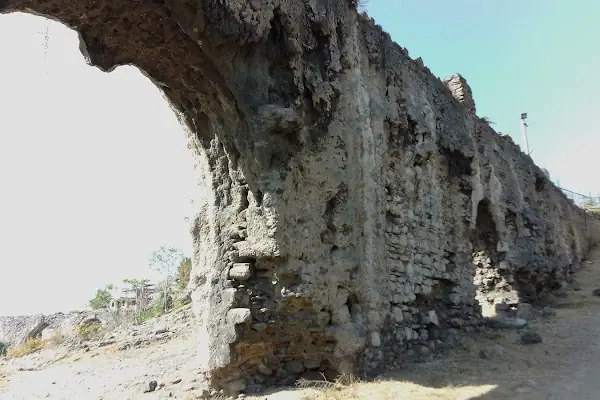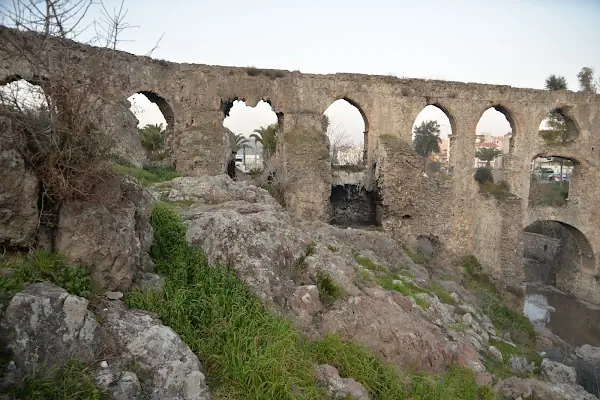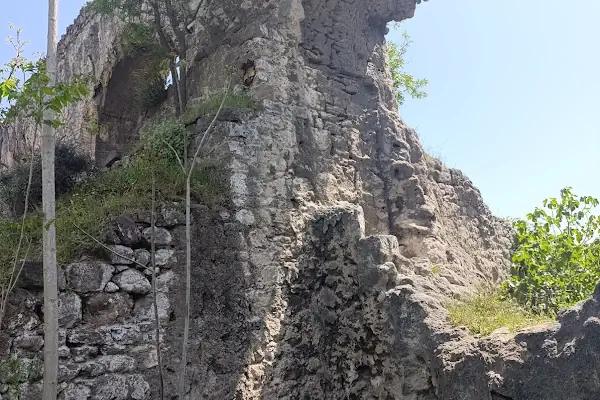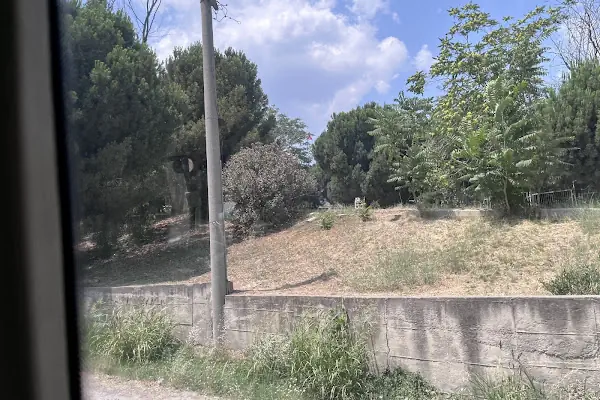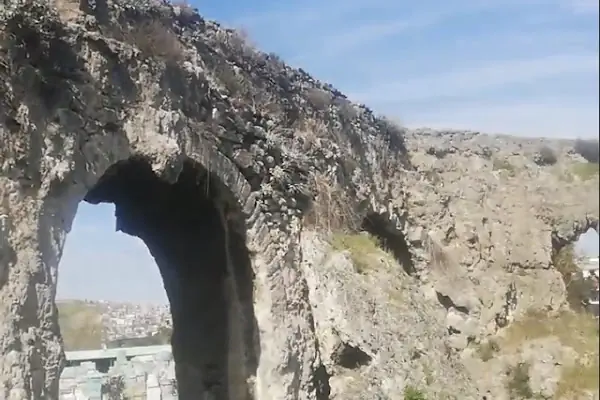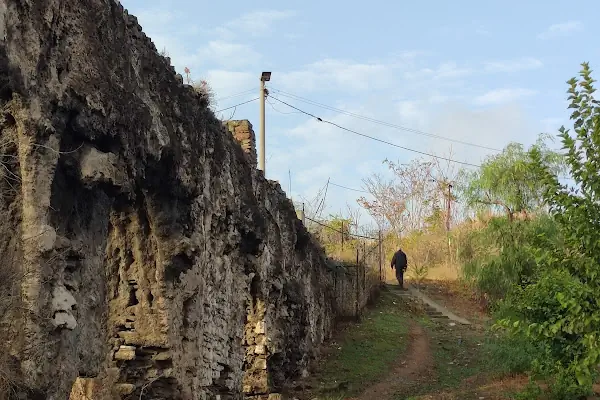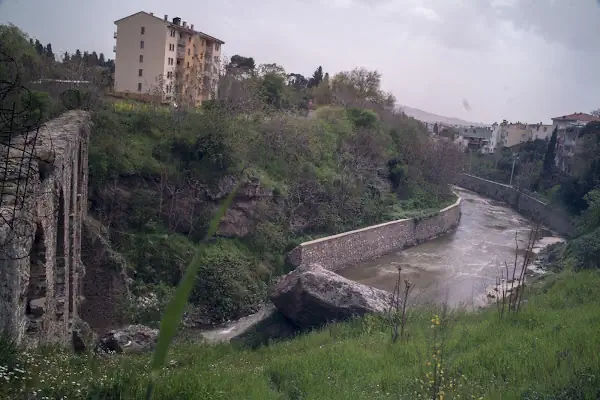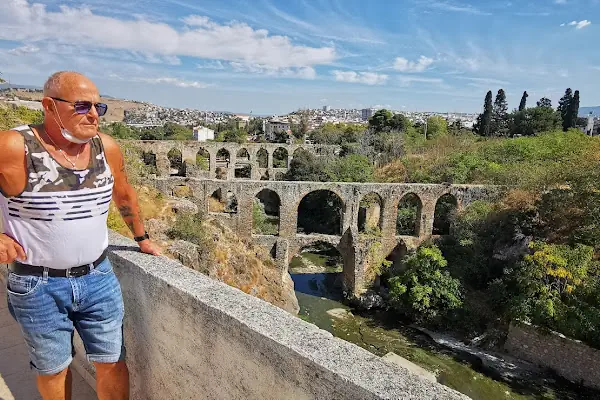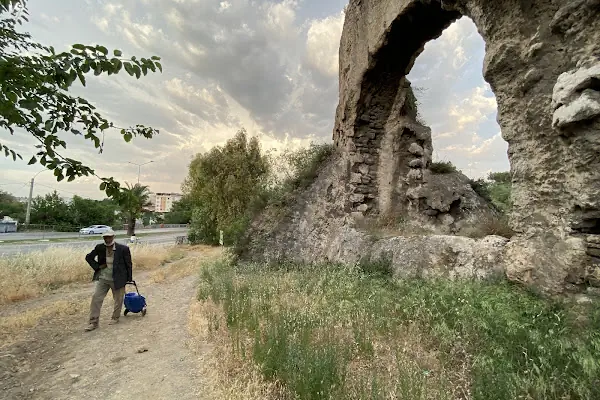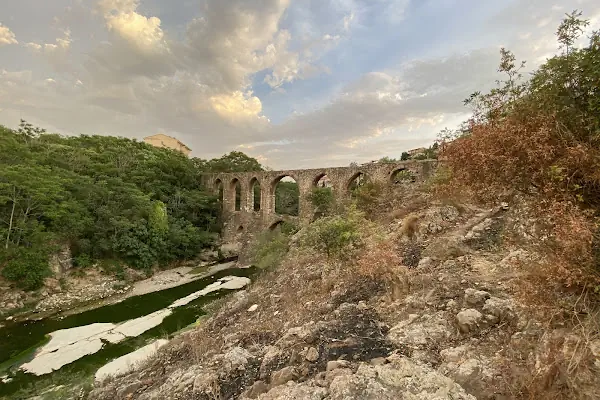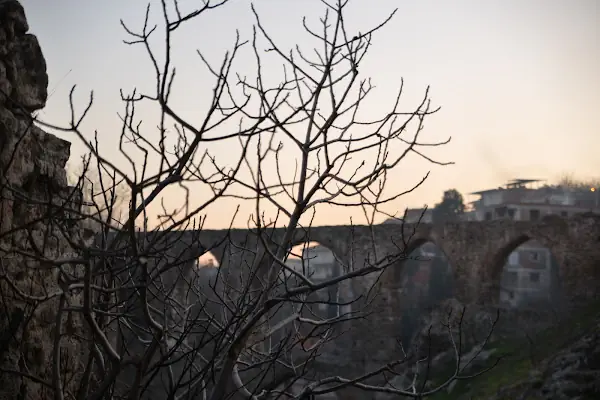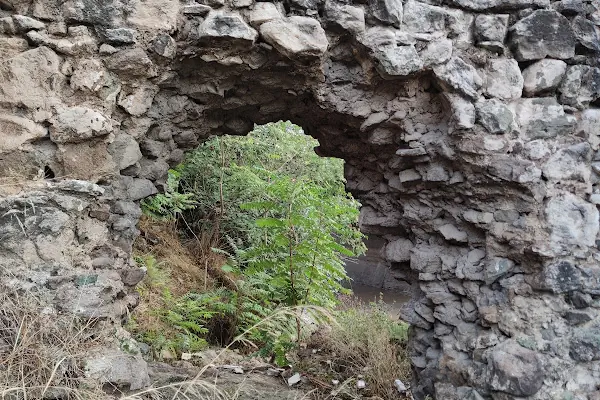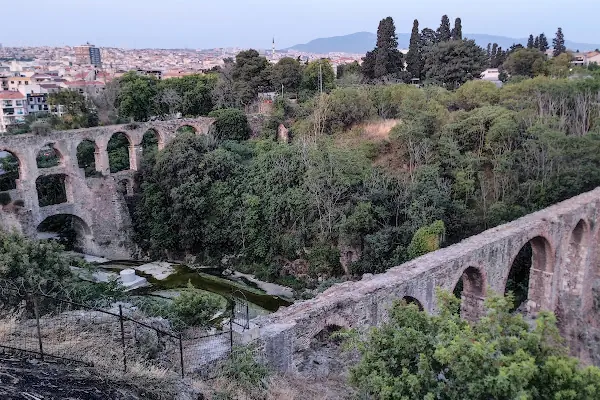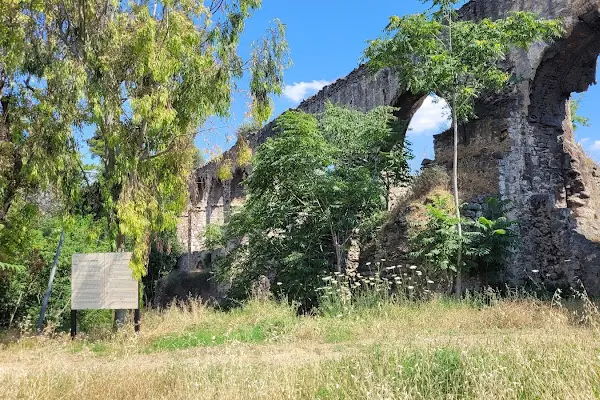İzmir'in ayakta kalmış en eski tarihi eserlerinden olup hak ettiği ilgiden uzak görülmektedir
Bundan yaklaşık 2100 yıl önce,
O zamanlar Kadifekale'de kurulu bulunan kente su getirmek amacıyla ünlü Roma İmparatoru Agustus döneminde ( MÖ 1.yy) Meles ( Kemer ) çayı üzerinde, iki sıra halinde inşa edilmişlerdir.
2100 yıldır Bir çok fırtına ve depreme göğüs gererek günümüze kadar ulaşmasının sırrı,
Yapımlarında kesme taş ,tuğla ve sağlamlık vermesi açısından bol miktarda yumurta akı kullanılmasıdır.
Bu yapılaşmanın ortasında yer alan kemer, diğerlerine göre daha geniş ve yuvarlak bir görünümdedir. Yan taraflarında yer alan diğer kemerler ise buna göre daha küçük ve daha sivridirler.
İzmir'e su sağlamak amacıyla, Romalılardan sonra Bizans,Selçuk ve Osmanlılar tarafından da kullanılmışlardır.
Günümüze oldukça iyi durumda ulaşan bu su kemerleri, çevre düzenlenmesi ve restorasyon çalışmaları yapılarak İzmir'in önemli bir simgesi olmayı hak etmektedir
It is one of the oldest surviving historical monuments of Izmir and is seen far from the attention it deserves.
About 2100 years ago,
They were built in two rows on the Meles (Kemer) stream during the period of the famous Roman Emperor Agustus (1st century BC) to bring water to the city, which was established in Kadifekale at that time.
The secret of surviving many storms and earthquakes for 2100 years,
Cut stones, bricks and plenty of egg whites were used in their construction to give them strength. Located in the middle of this construction, the arch has a wider and more rounded appearance compared to the others. The other arches on the sides are smaller and more pointed accordingly.
They were also used by Byzantine, Seljuk and Ottomans after the Romans in order to provide water to İzmir.
These aqueducts, which have reached today in very good condition, deserve to be an important symbol of İzmir by landscaping and restoration works.
